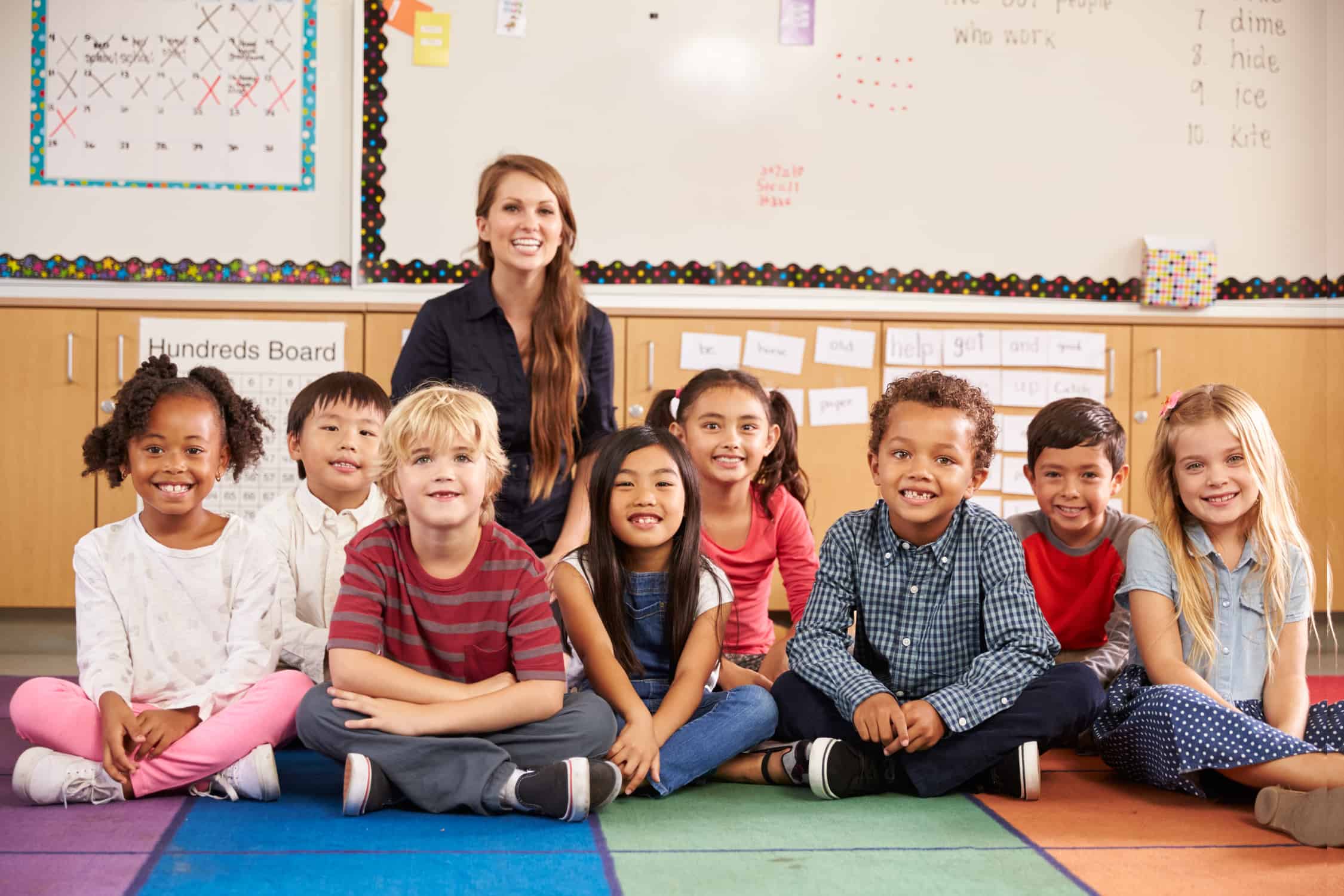
When you’re a teacher, you know what it’s like to juggle multiple things throughout your work week all while staying on top of your classroom management, your students’ progression, and ongoing communications with parents. With so many things going on weekly, it’s easy to let the stress get the best of you so much so that you feel scatterbrained and drained at the end of the day. And believe it or not, but your students often experience similar feelings of stress when it comes to participating in school, home, and activity life. But incorporating mindfulness into your life and in the classroom can change things for the better for both you and your students. Mindfulness brings bodies and minds back into balance, so you and your students constantly feel refreshed and rejuvenated.
Mindfulness Defined
What is mindfulness? Mindfulness is a state of mind that is achieved by focusing one’s awareness on the present moment. It starts with calmly acknowledging and accepting one’s feelings, thoughts, and sensations. Mindfulness exercises provide the path towards bringing one’s attention to the present moment and recognizing experiences occurring around you. Mindfulness can be practiced through the utilization of techniques such as meditation, breathing, and yoga. Instead of being overwhelmed by our thoughts, feelings, and body tension we can learn to manage them. In schools, we can practice mindfulness with our students to reduce anxiety, promote self-regulation, and have positive effects on their physical and mental health. Here are some topics to focus on while teaching mindfulness to your students.
Mindfulness Breathing
Being mindful of our breath can release tension in our bodies, focus our minds, and reduce stress. You can practice mindful breathing techniques with your students before a test, prior to an extended activity, or as a calming mechanism. In my classroom, I ask the students to push their palms together while taking a deep breath in. They raise their pressed palms above their heads and then release the breath as they lower them. There are other mindfulness breathing techniques known as the following:
- Circle Breath: Breathe in for four seconds. At the top of the breath, hold it for four seconds, and then breathe out for four seconds more. Repeat four to ten times.
- Blow out the Candles/Blow Bubbles: These are deep breathing exercises. Breathe in through the nose deeply, and exhale out through the mouth slowly with sound. Repeat four to ten times.
Mindfulness Exercises
There are mindfulness exercises and movements that you can teach your students resulting in spatial and body awareness. The superman is an activity where students stand with hips shoulder width part and hands raised above their head making themselves as tall as possible. Other mindfulness activities include the following:
- Squeeze and Release: An activity that tenses and releases muscles throughout the body, resulting in total body relaxation.
- Body Scan: An activity to recognize what part of the body doesn’t feel right or is demonstrating tension.
- Spidey Senses: Taking a mindful walk where you encourage your students to be acutely aware of the space around them and focus on specific descriptions.
Mindfulness Meditation
In our previous post, Morning Motivation, we discussed how mediation can be a great way to start your day. The same is true for your students. You can use meditation videos targeted to kids to start your morning, again before a test, or as a calming exercise. Ultimately, you want the environment to speak to the activity. Things like turning down the lights and making the space feel comfortable are important to the success of the meditative practice. Of all the mindfulness practices, this will be the most difficult for young students because it does require at least five minutes of stillness and reflection.
Class Dojo has an amazing video series that helps teach these practices of mindfulness to younger children and students. Other websites and resources that are helpful for teaching meditation are:
Mindfulness Benefits
The practice of Mindfulness inside the classroom can be a wonderful classroom management tool. The practice of mindfulness has been known to reduce stress and anxiety while increasing body awareness and conflict resolution skills. The lasting effects on your students can help them be more productive inside and outside of the classroom. And the same goes for you in your life as a teacher too!
And if you’re looking for even more classroom management strategies to maintain a positive and effective environment for learning success, you’ve got 9 tips right here from a previous blog post.